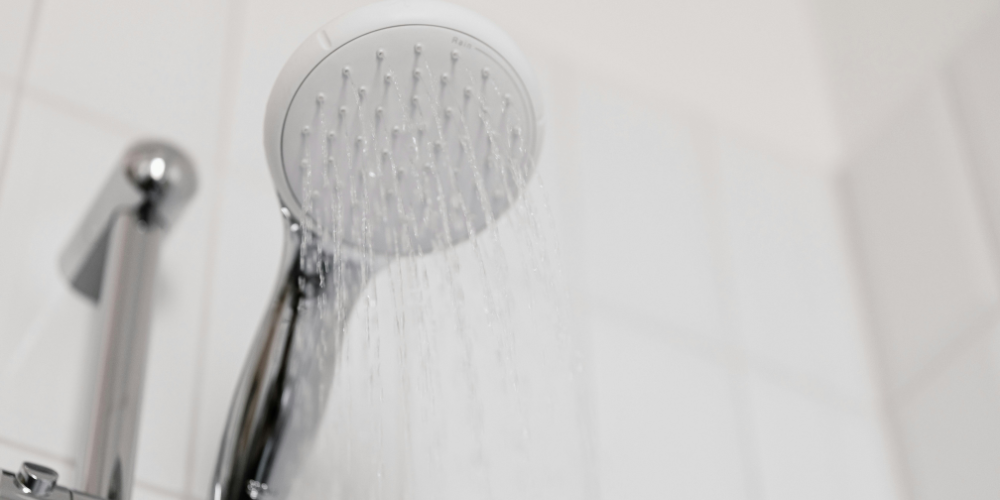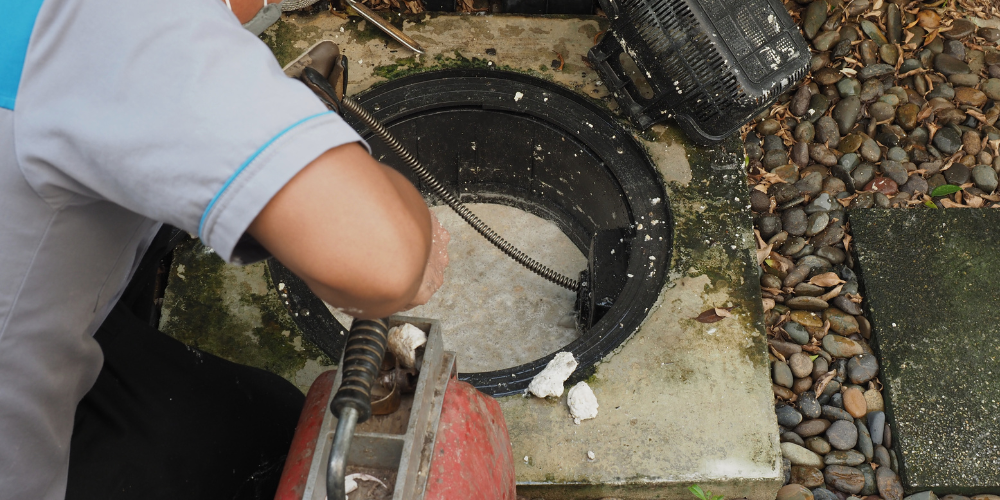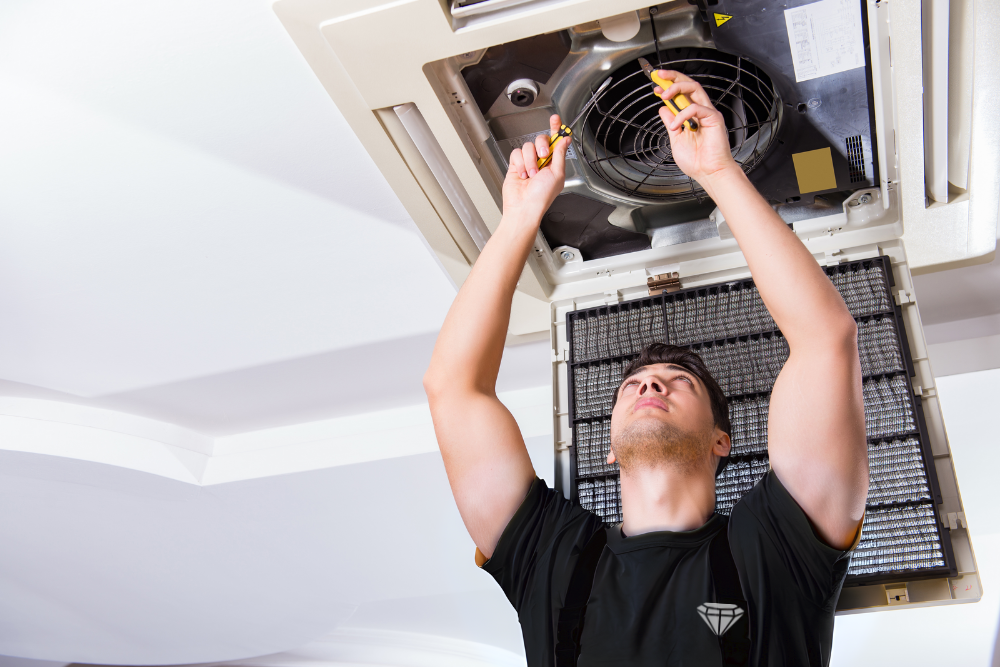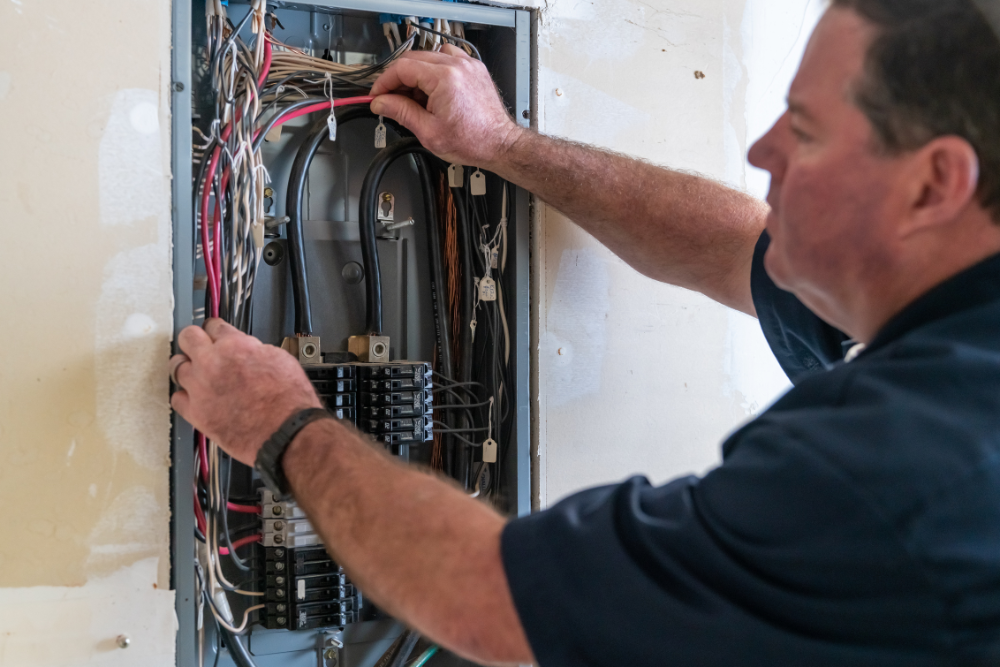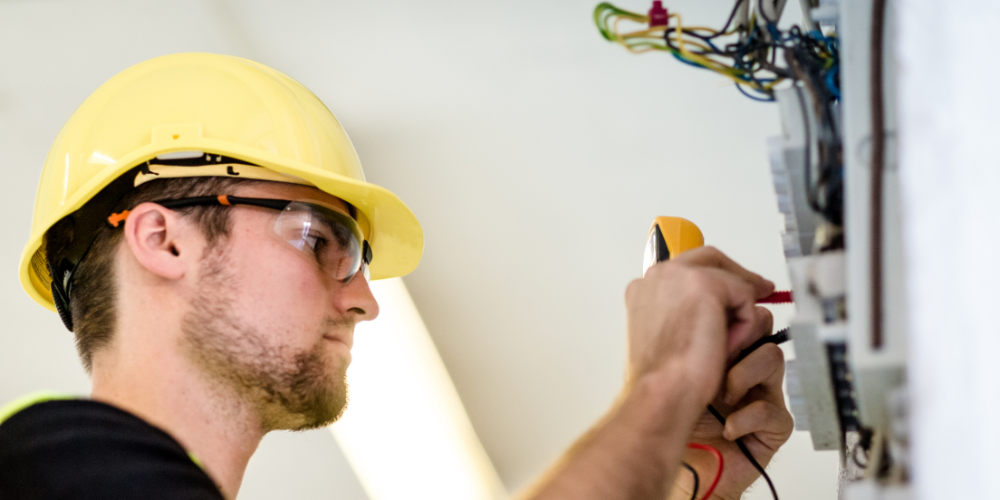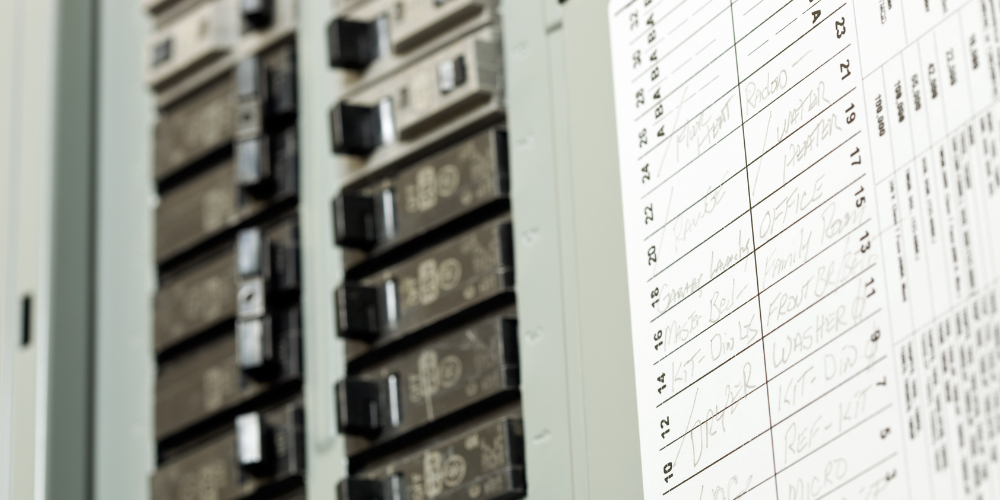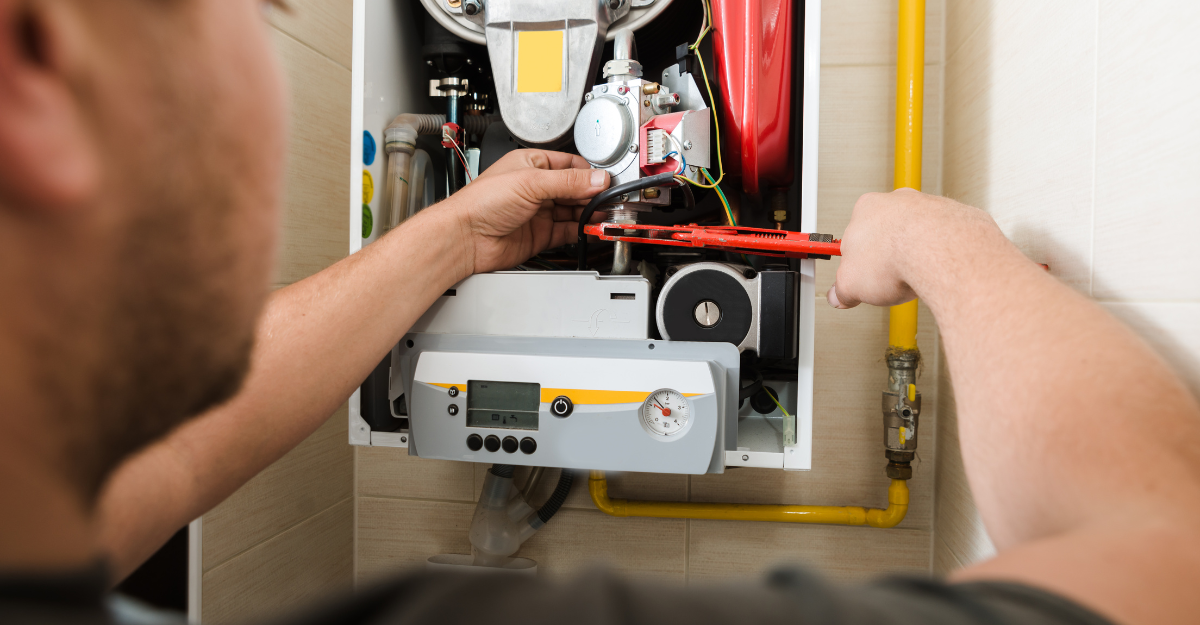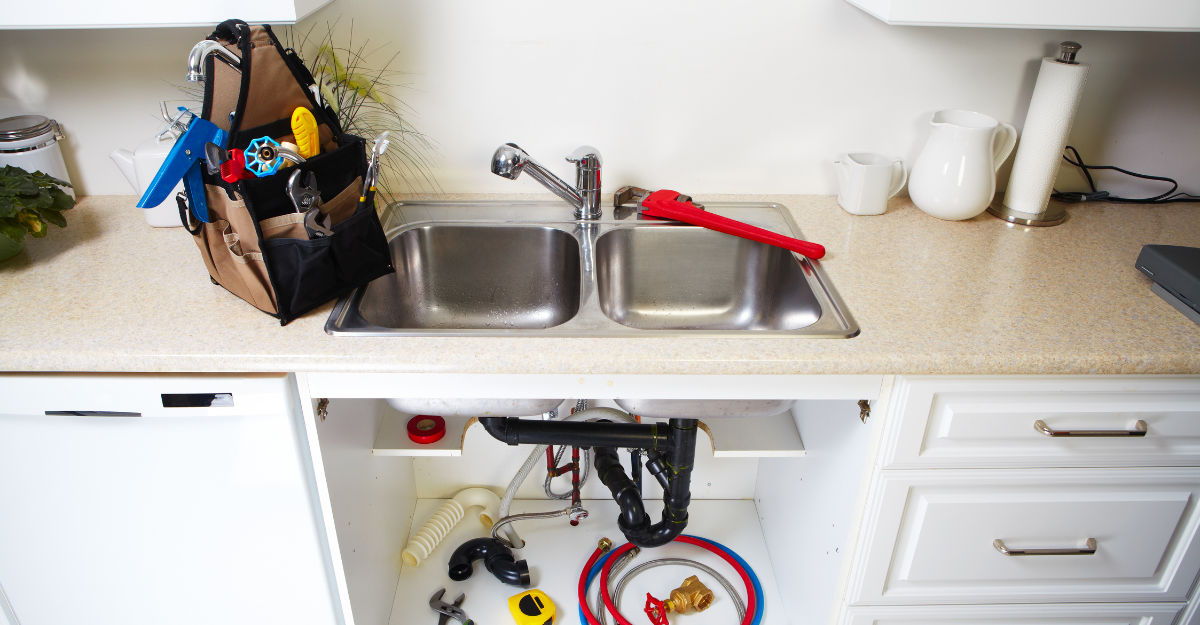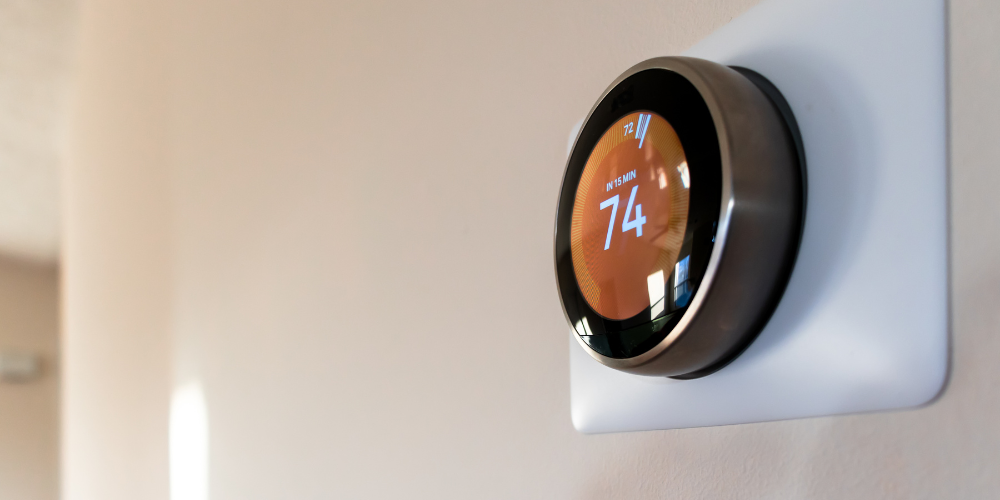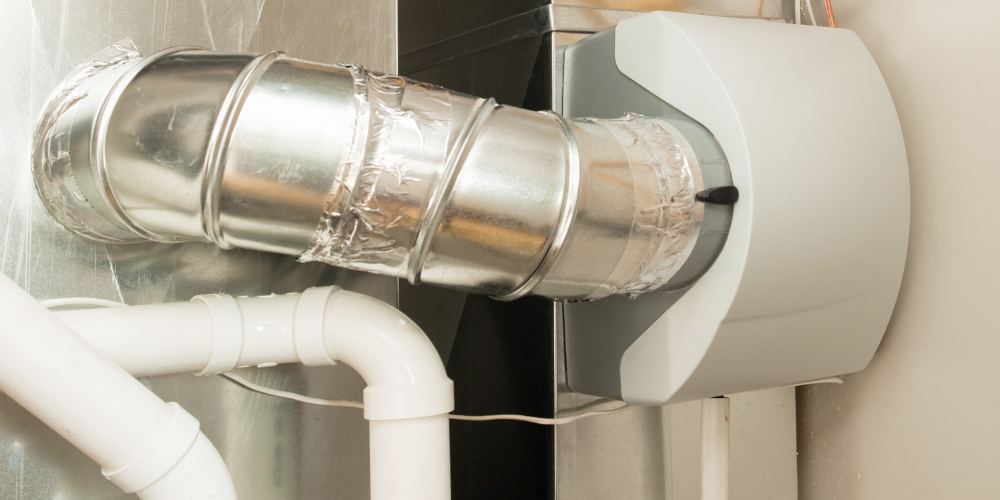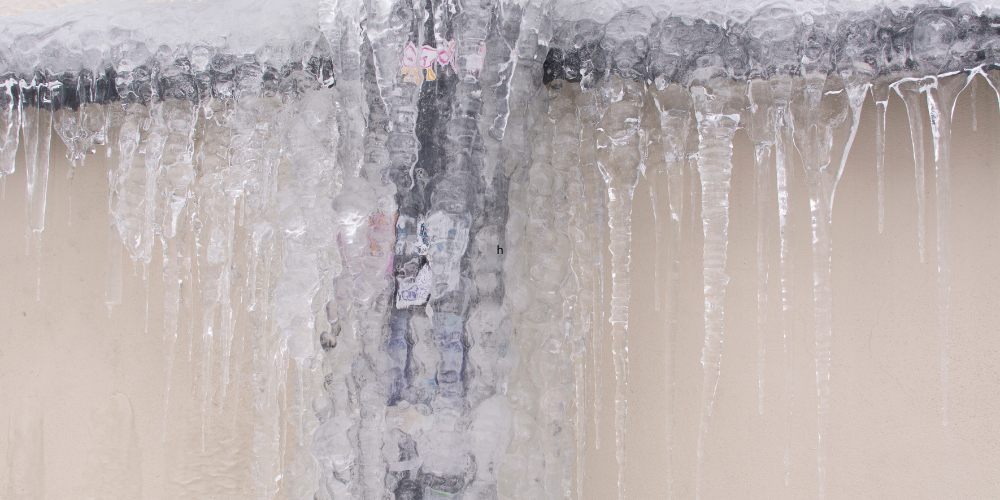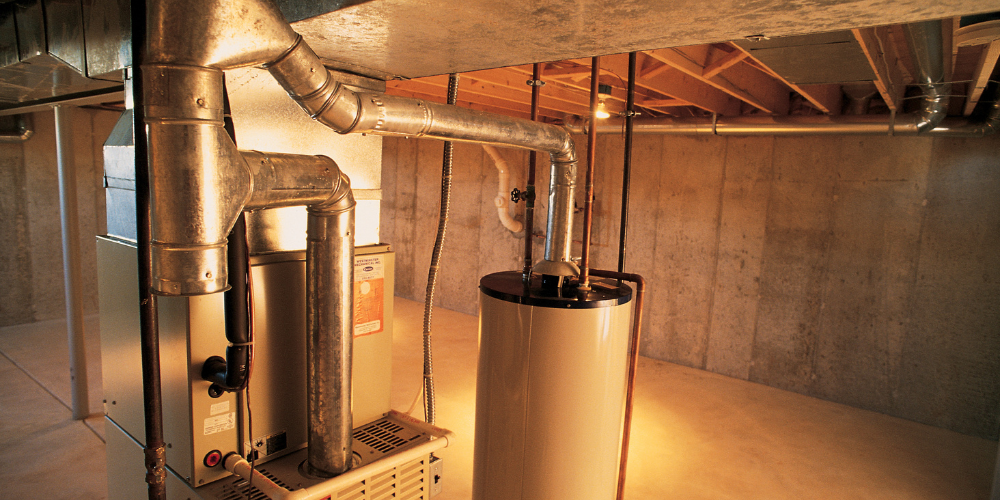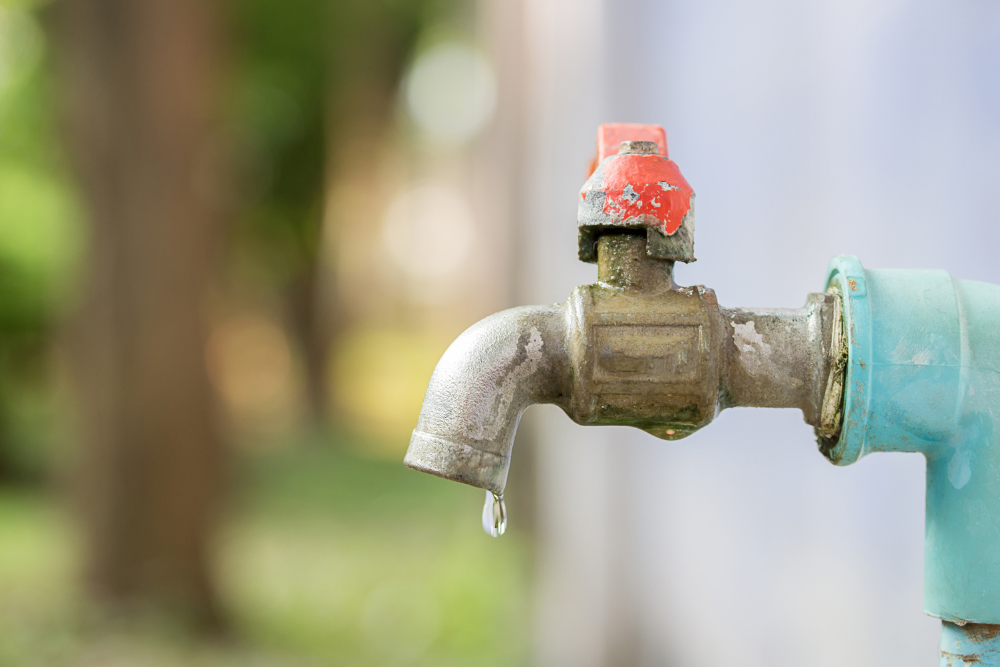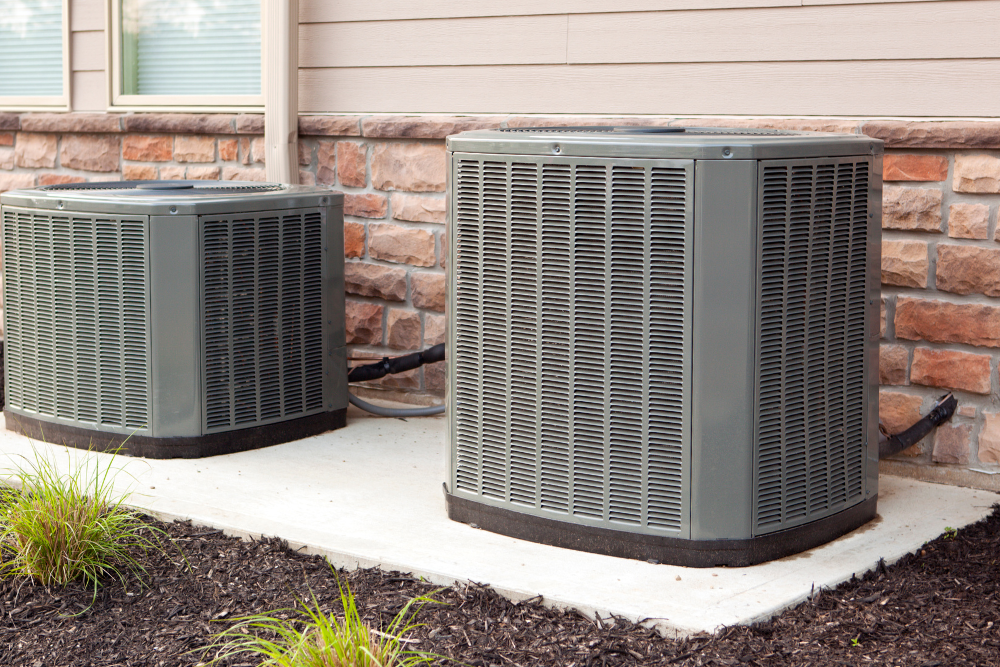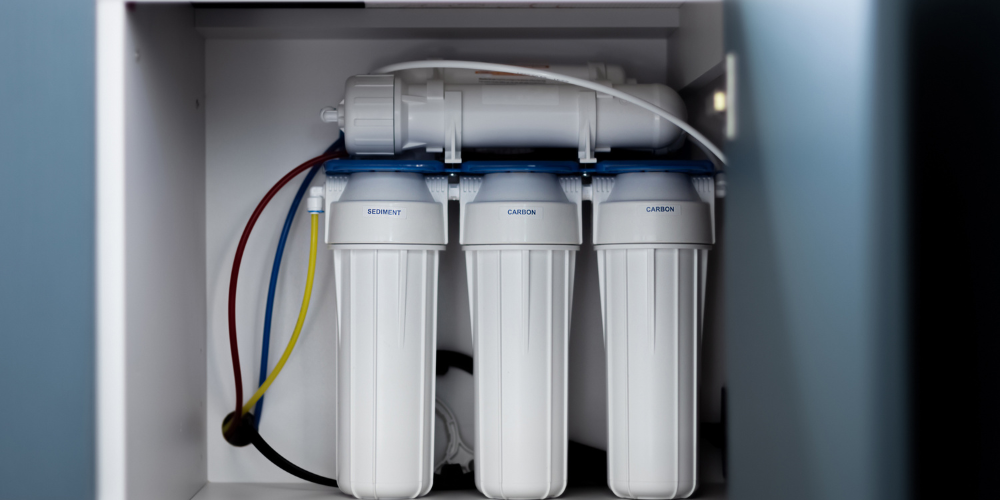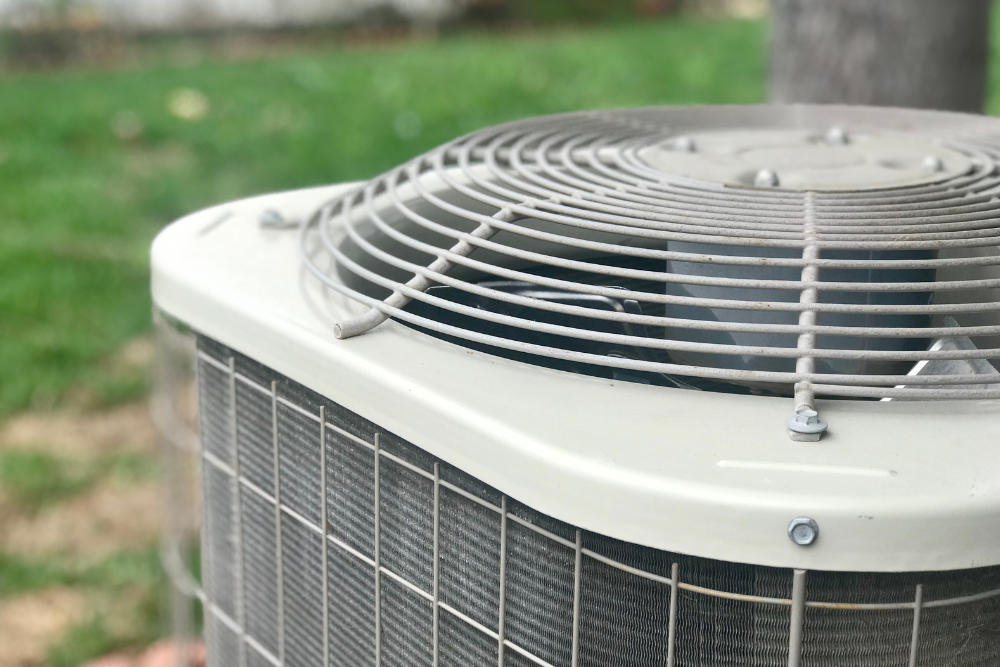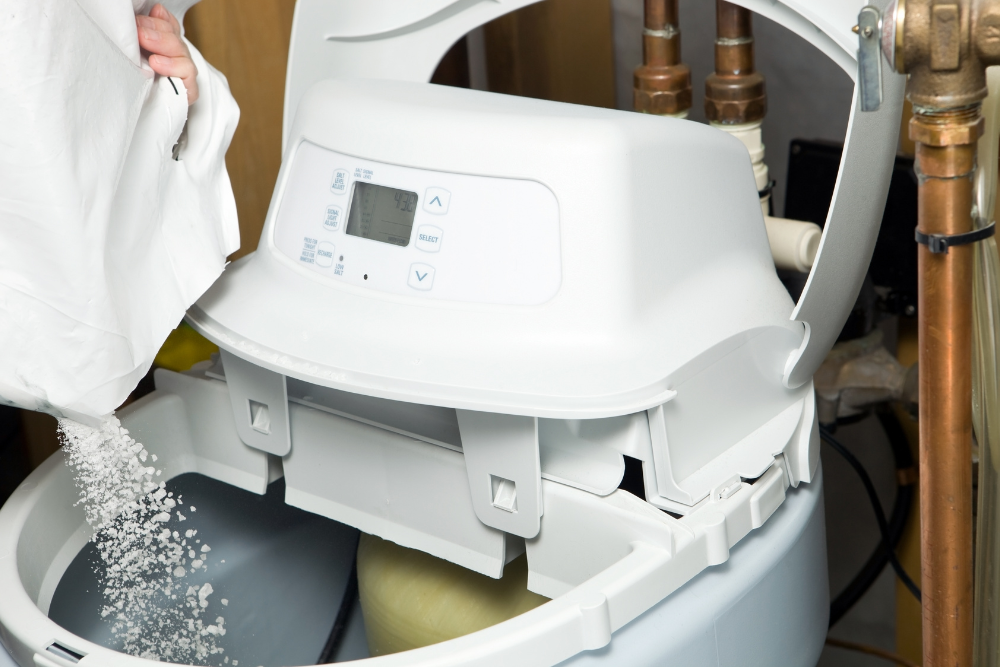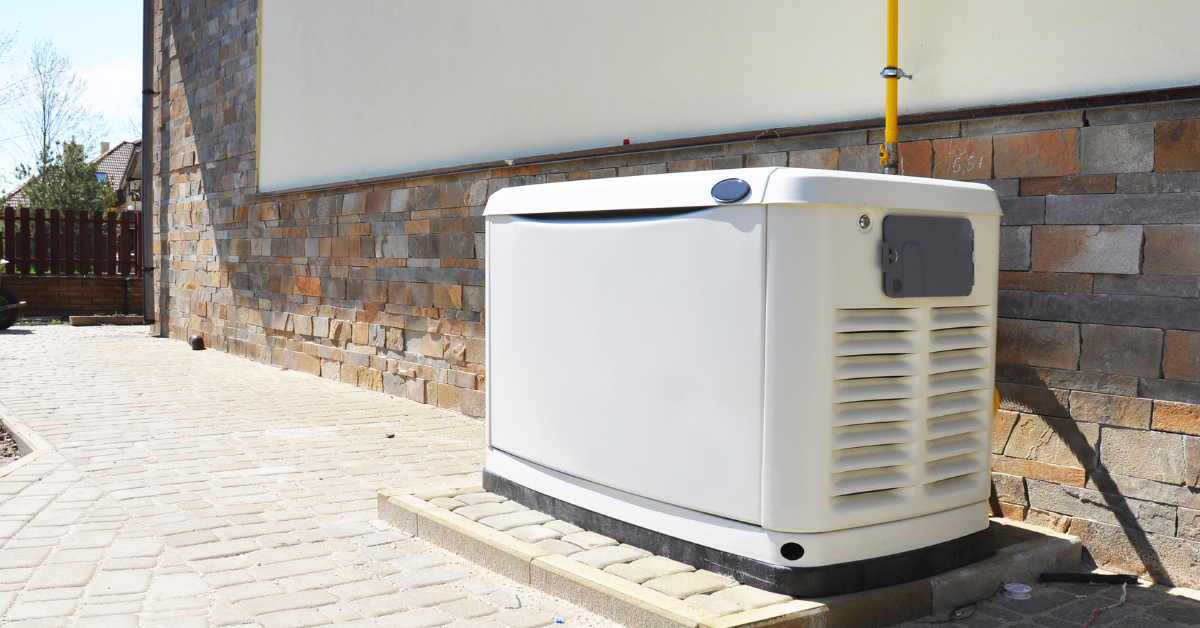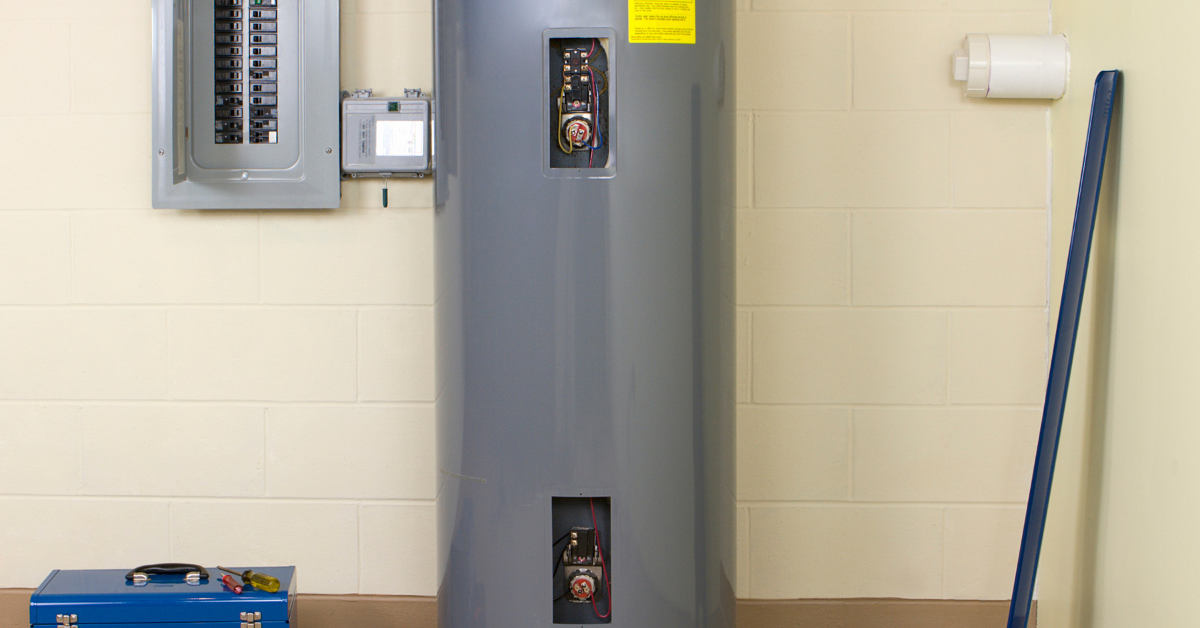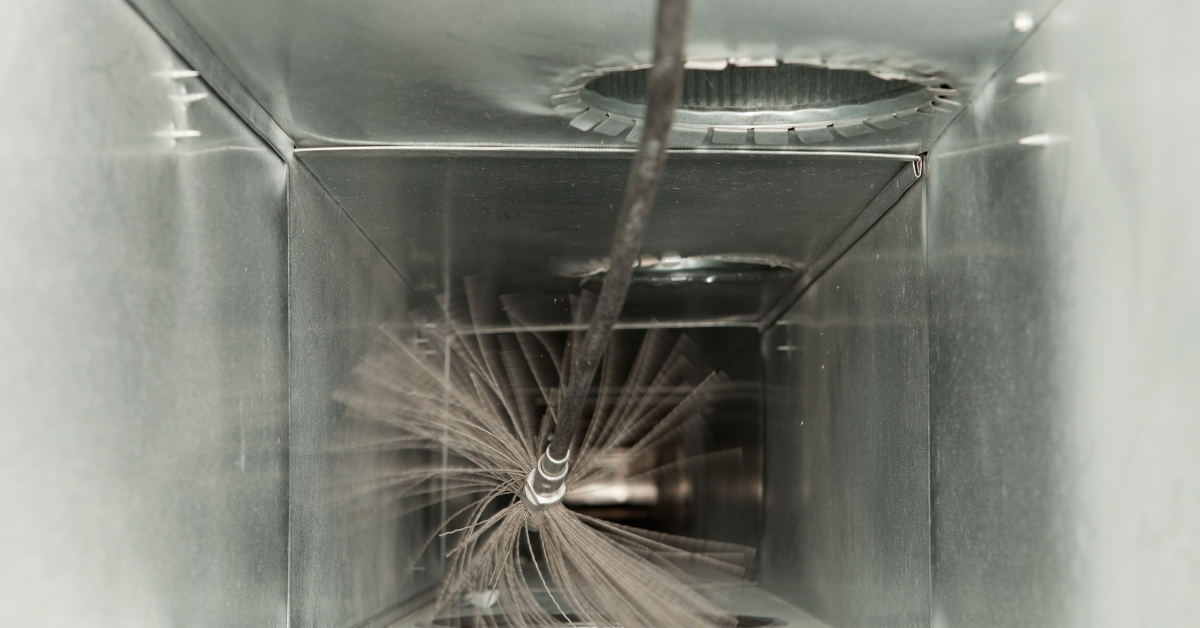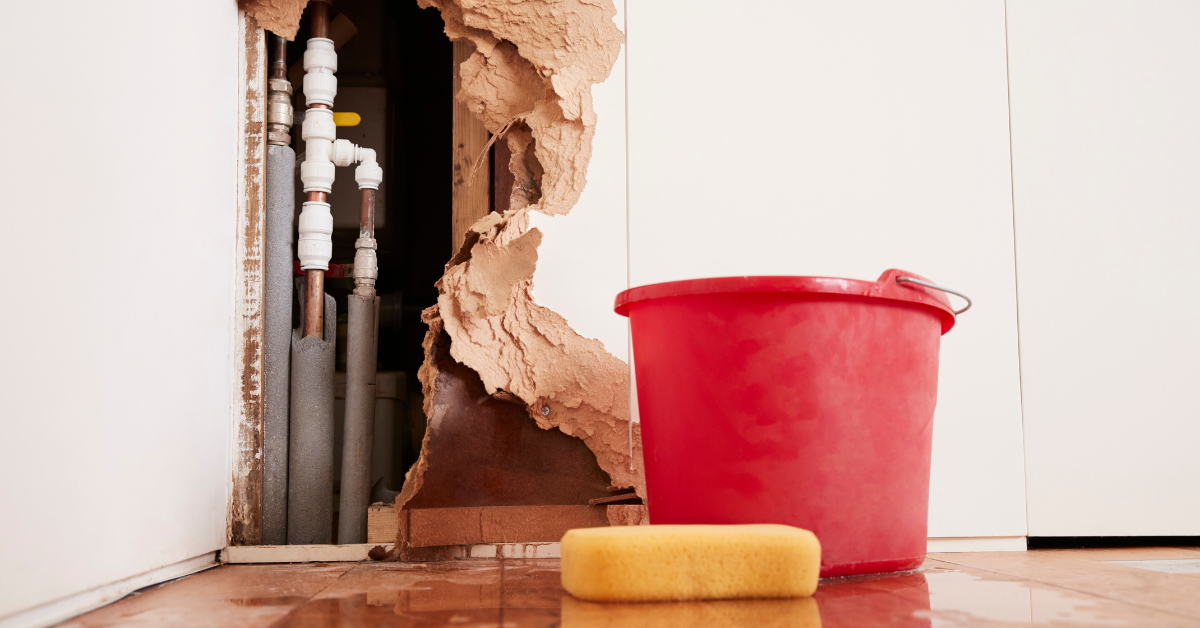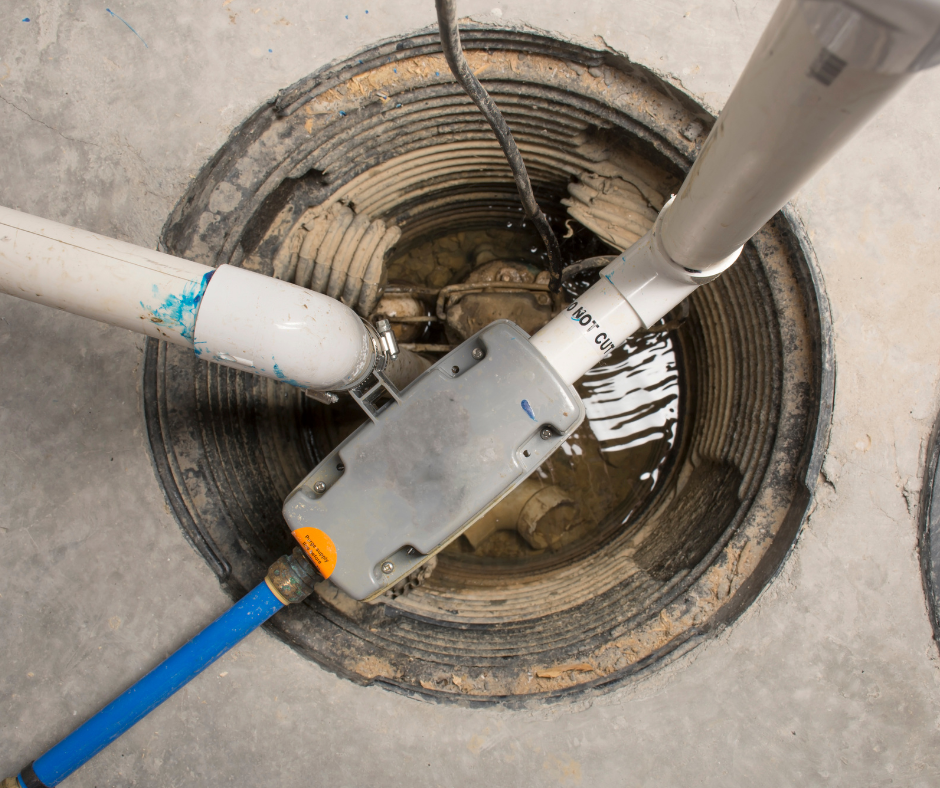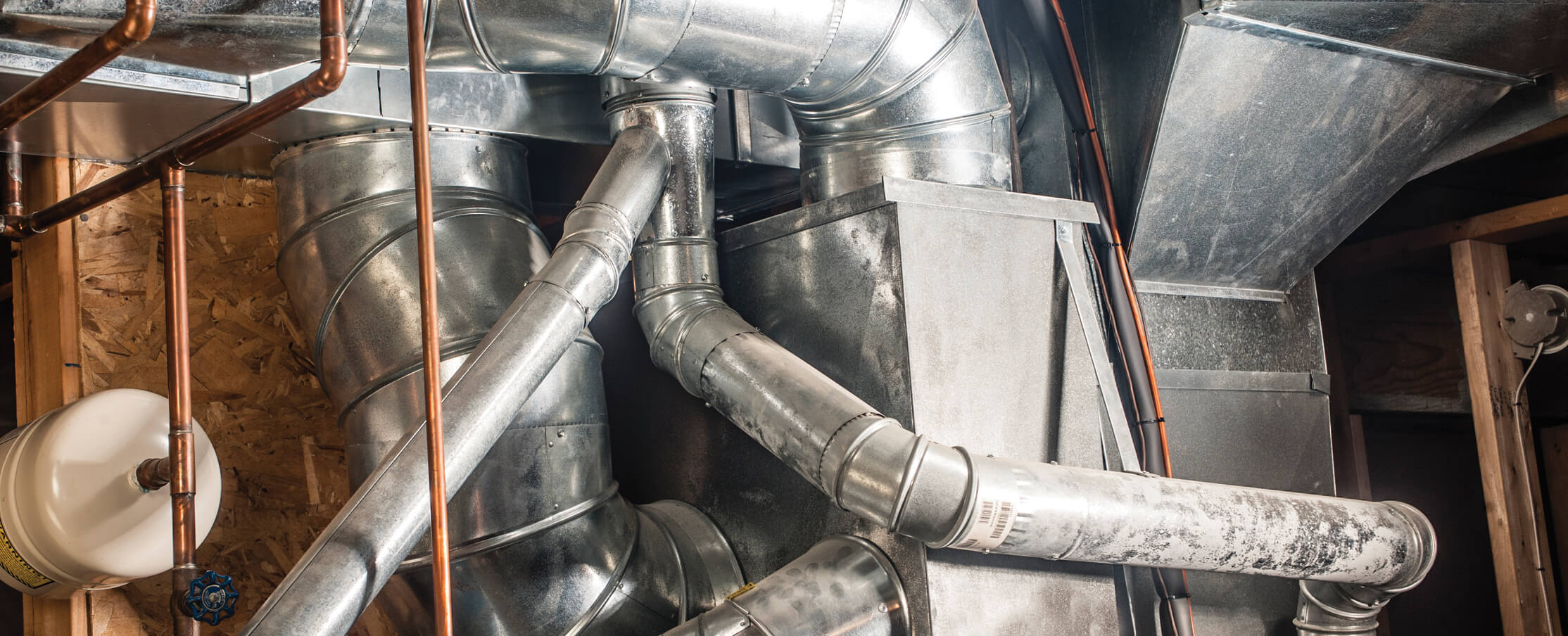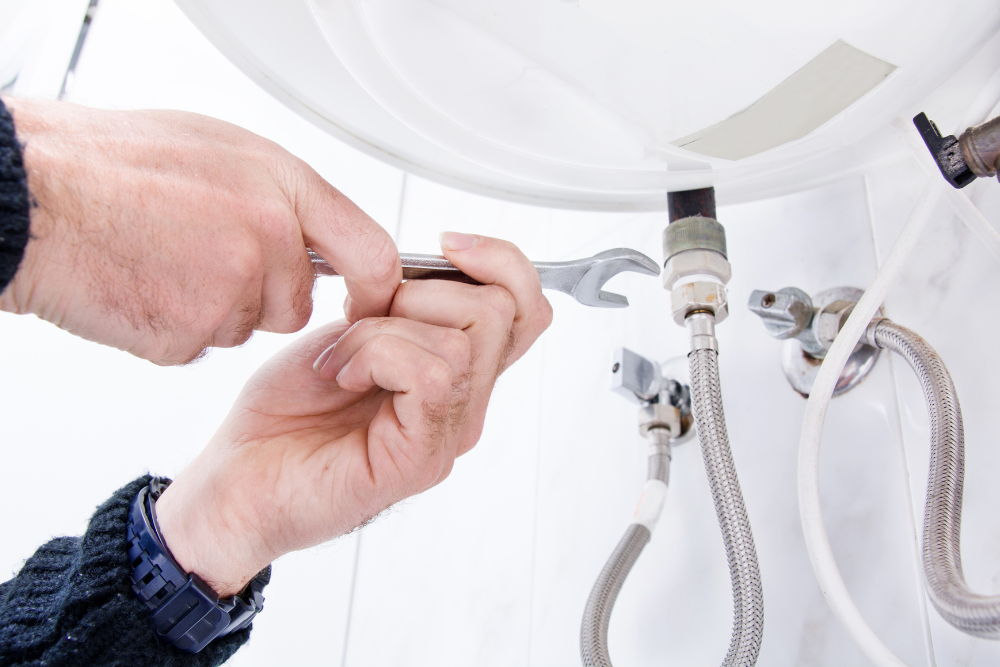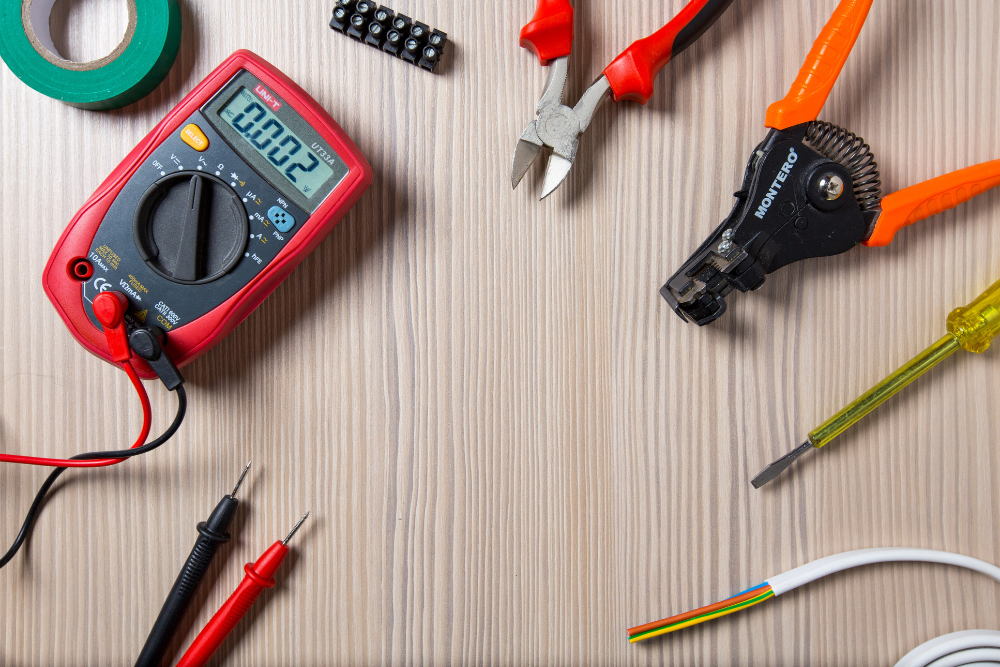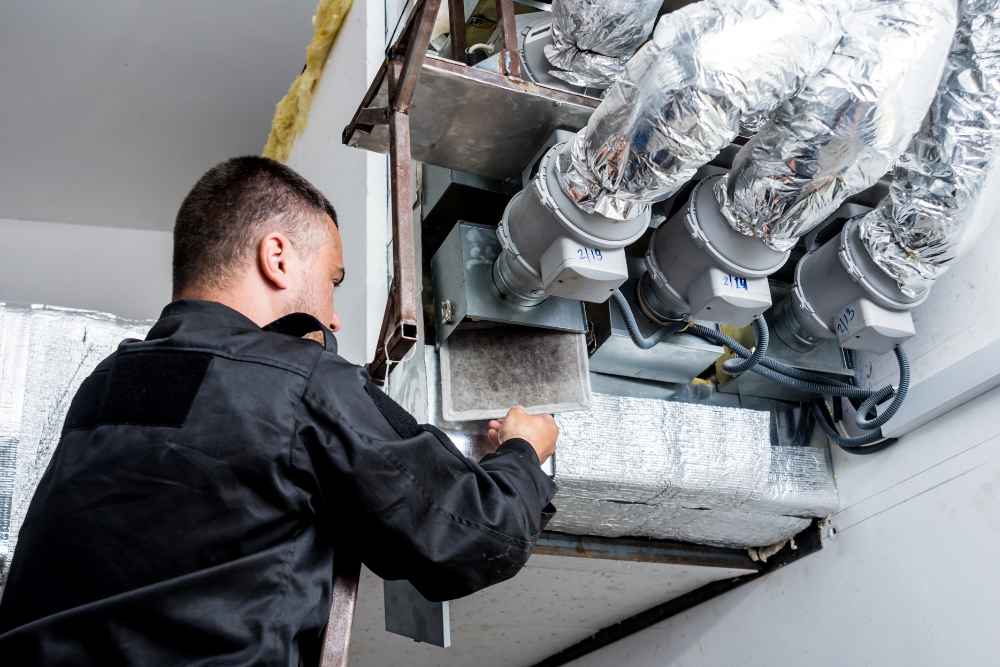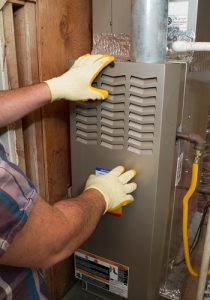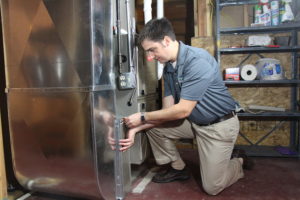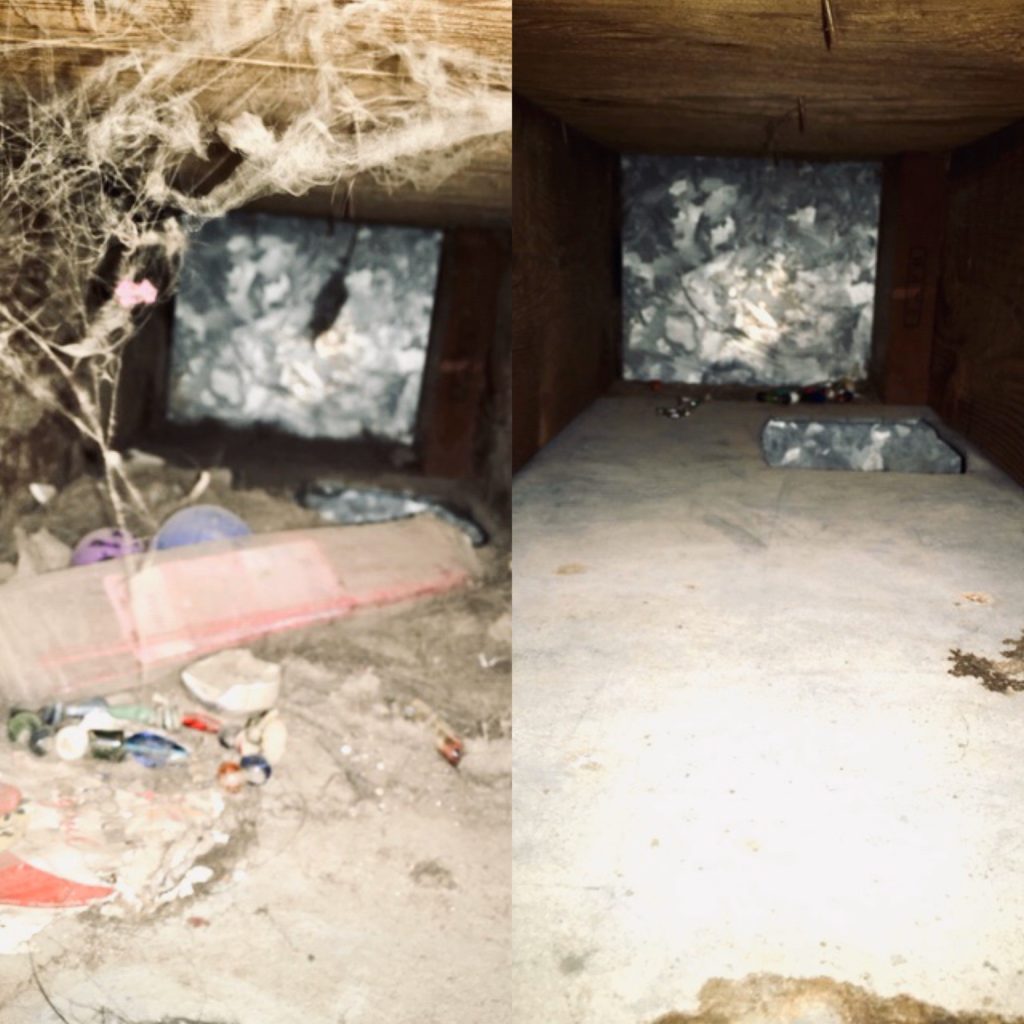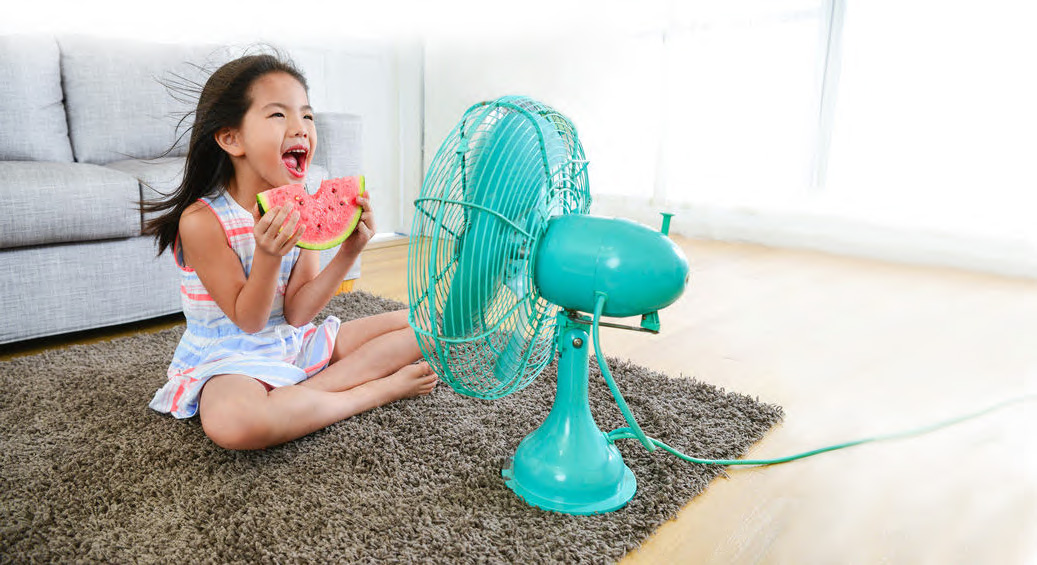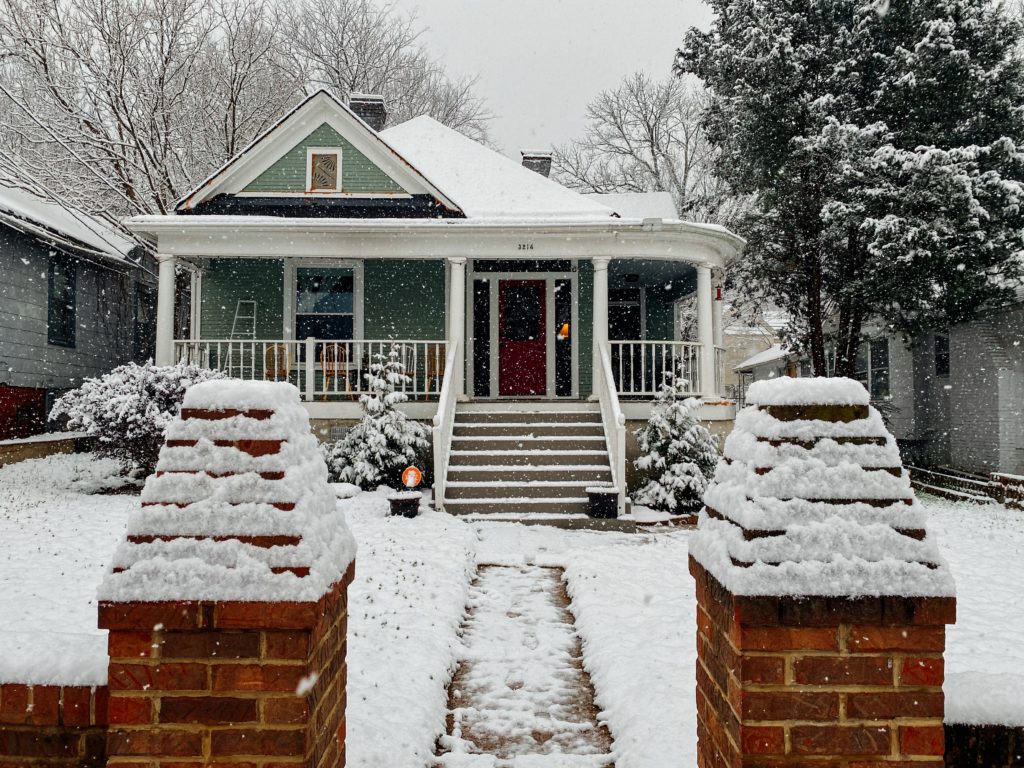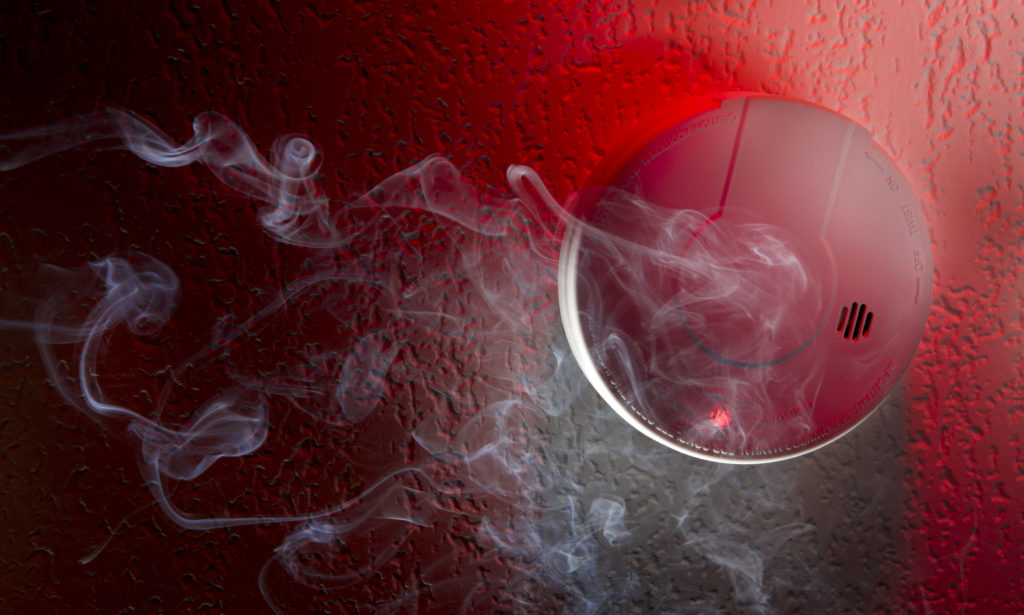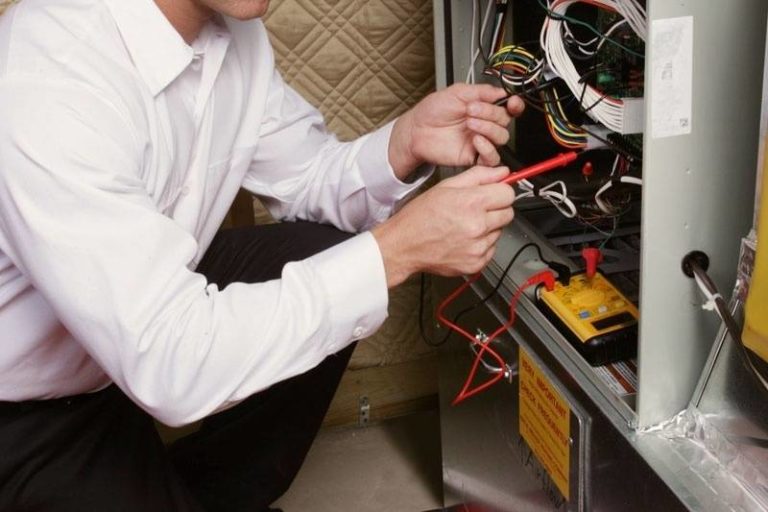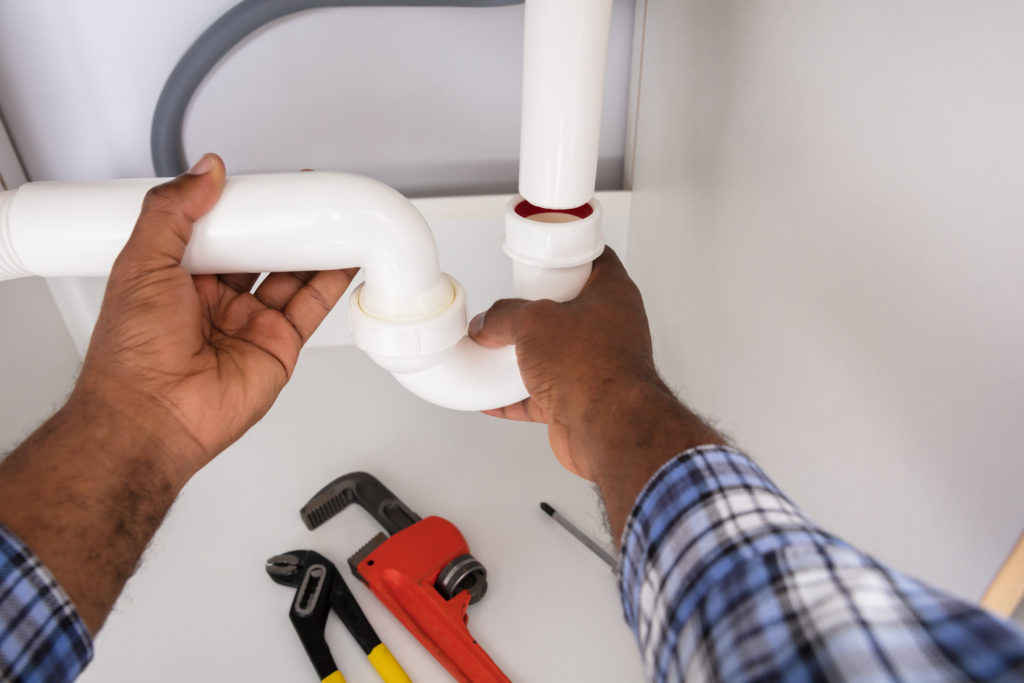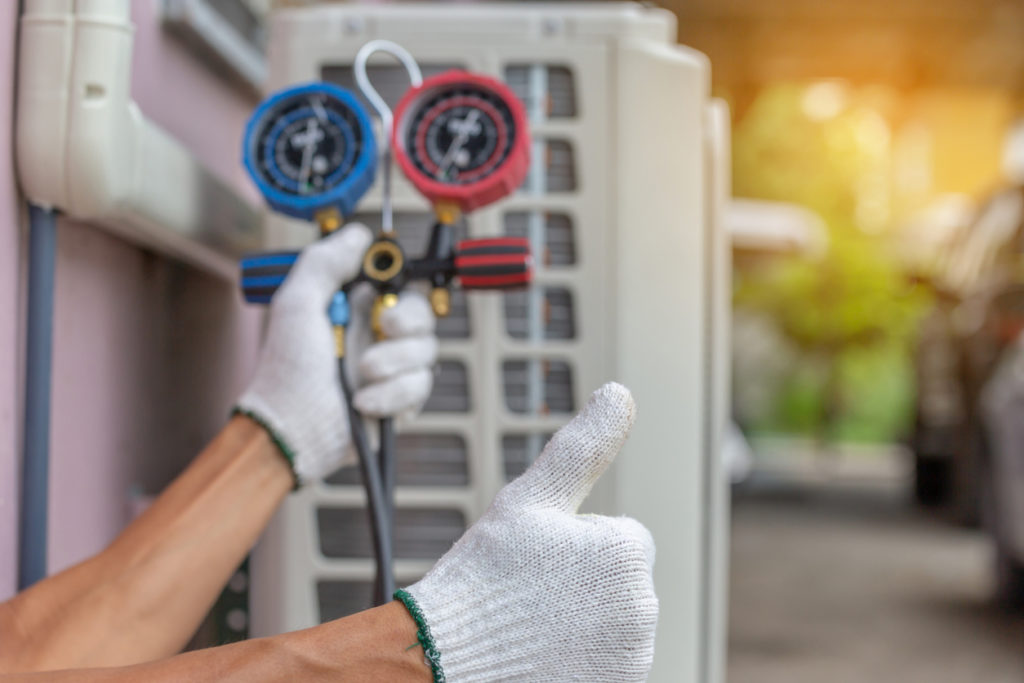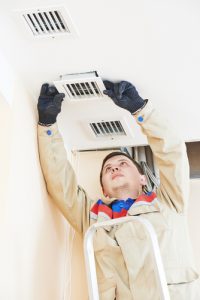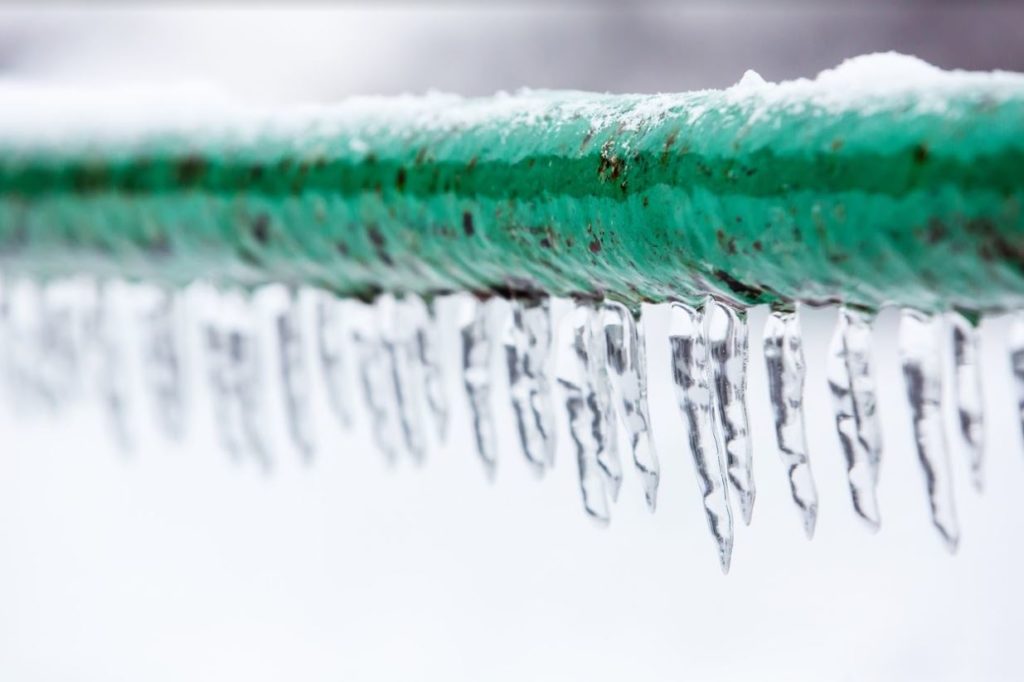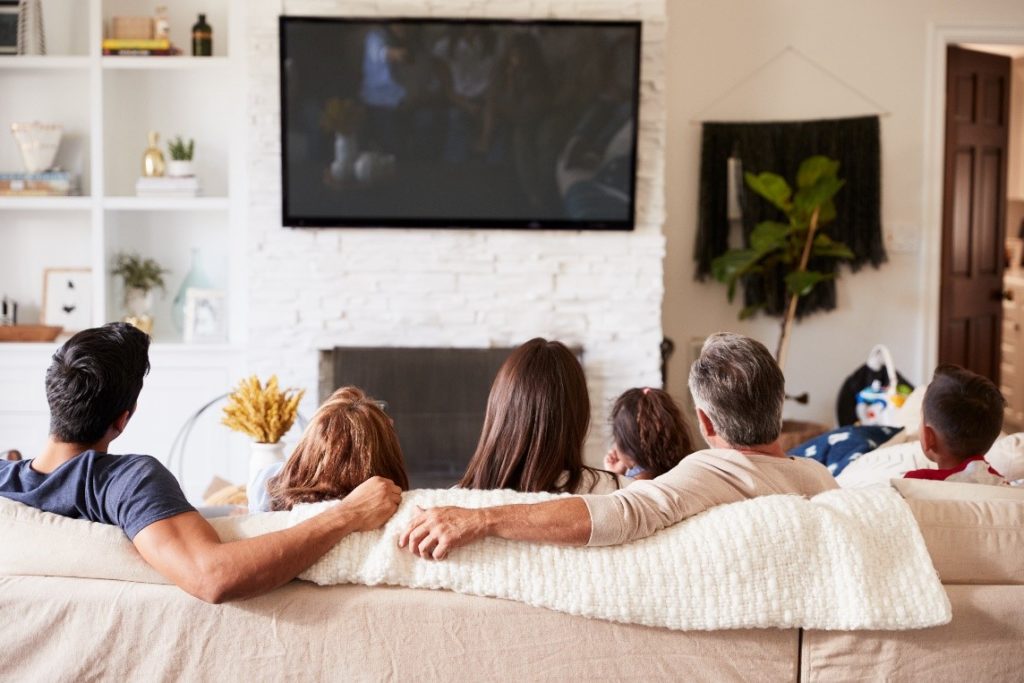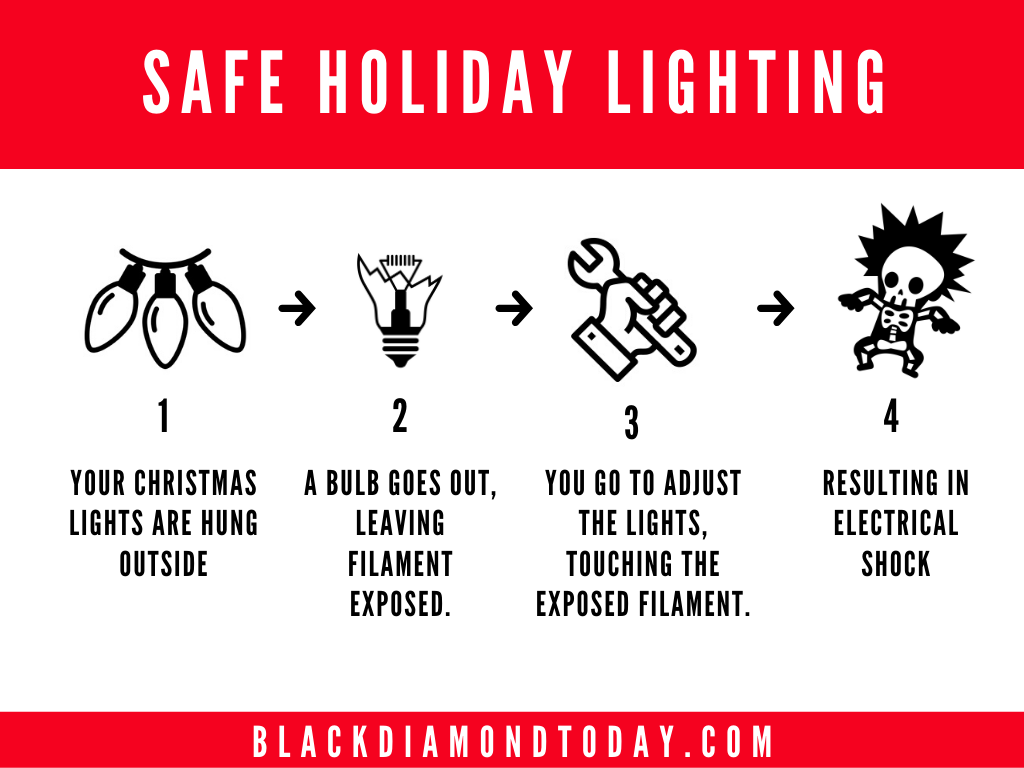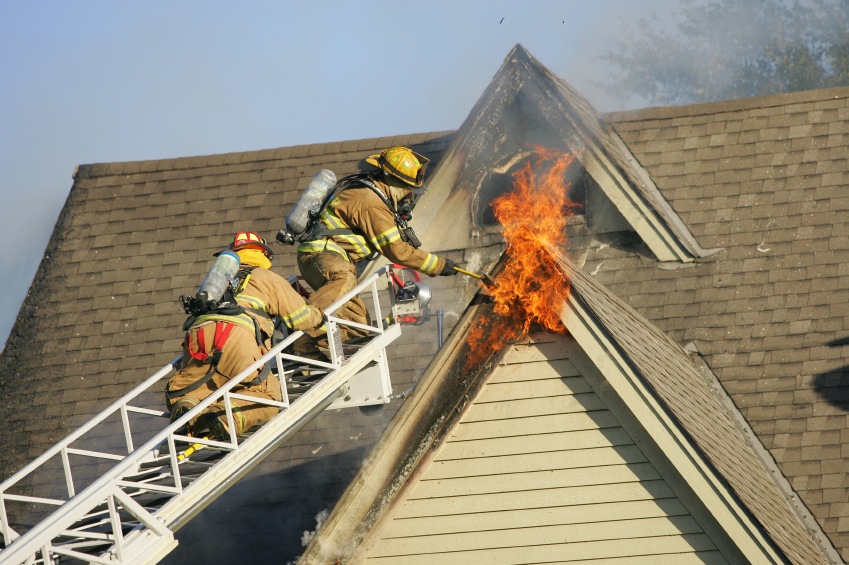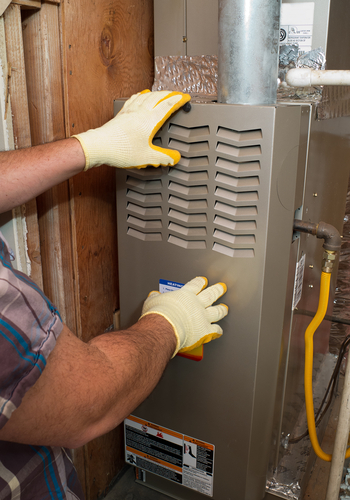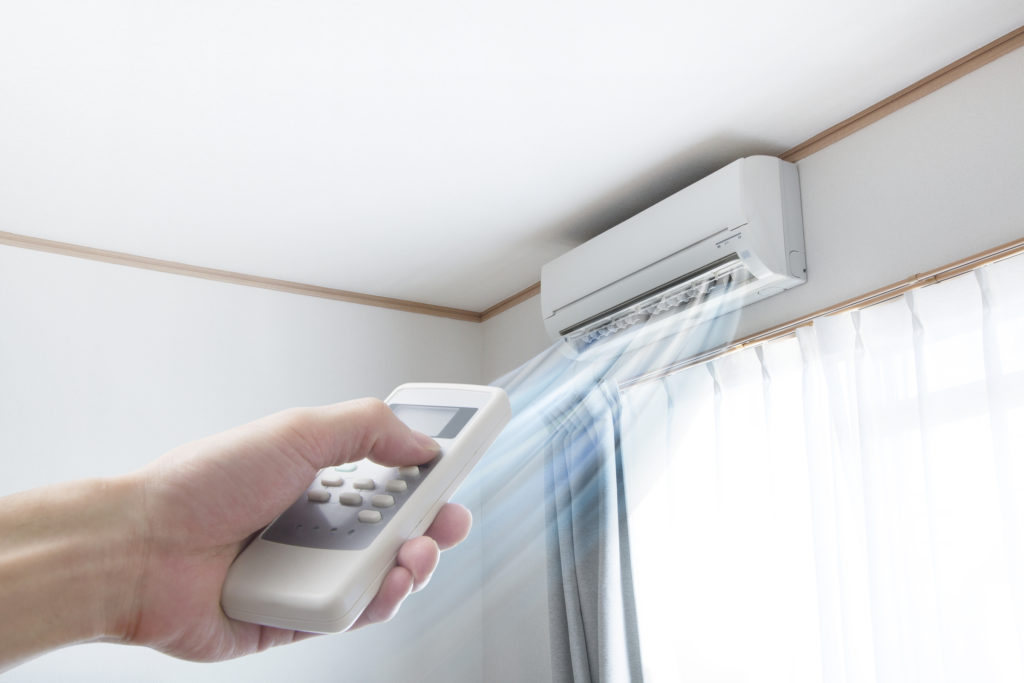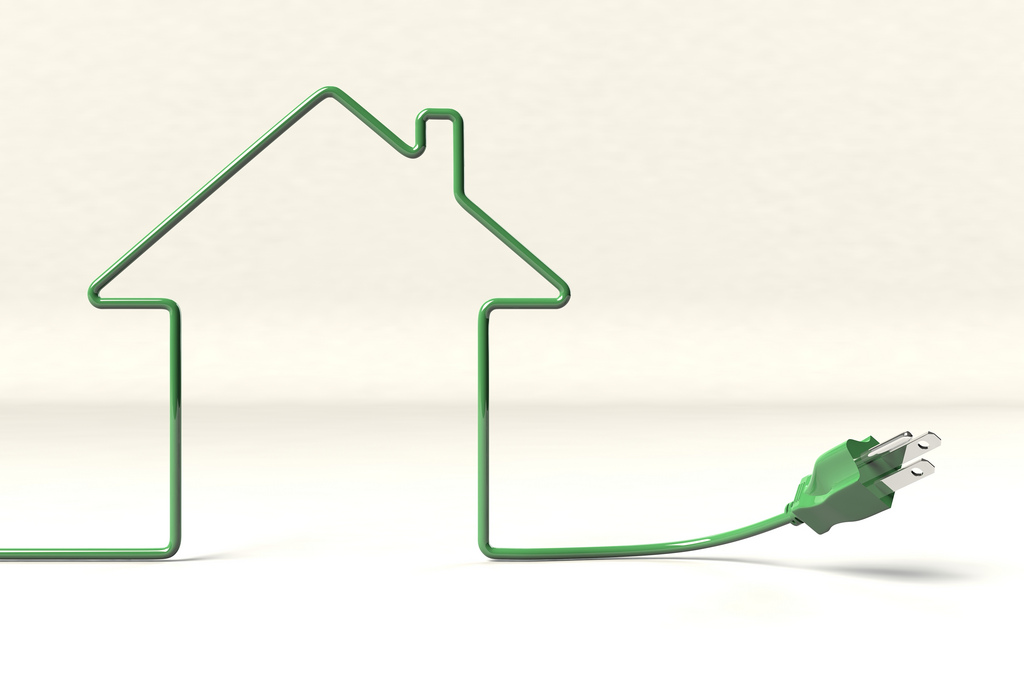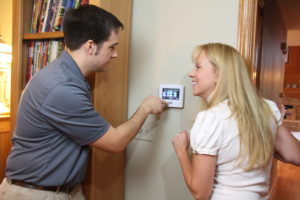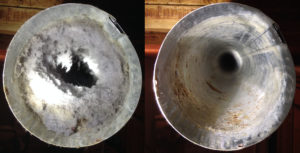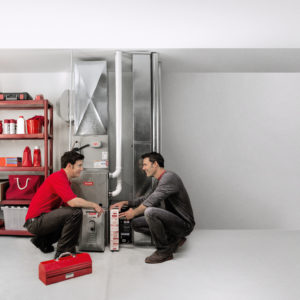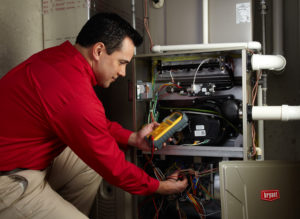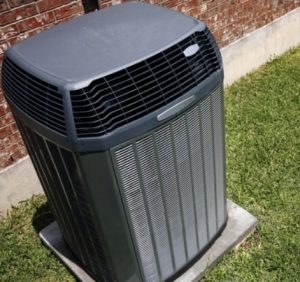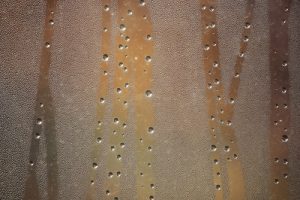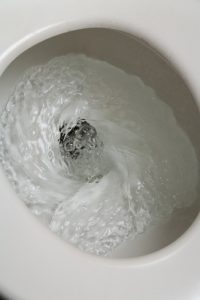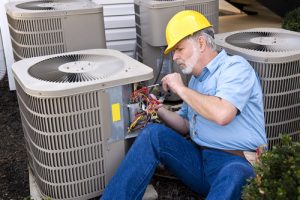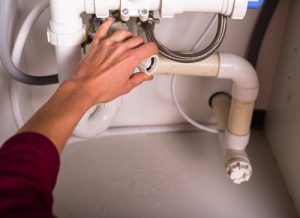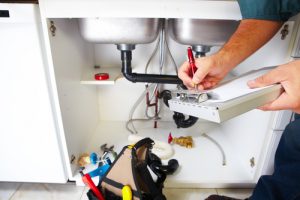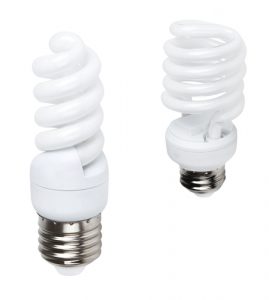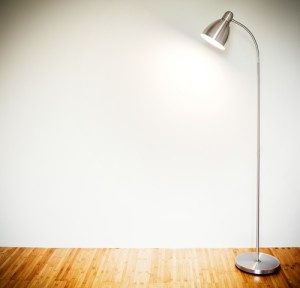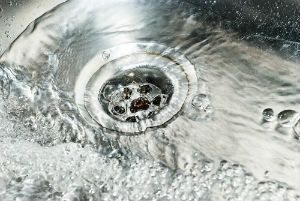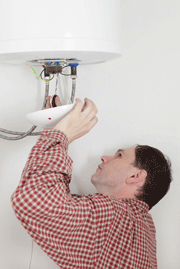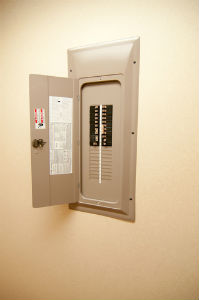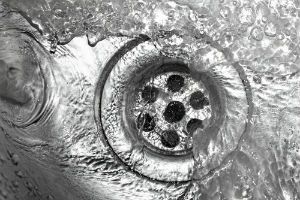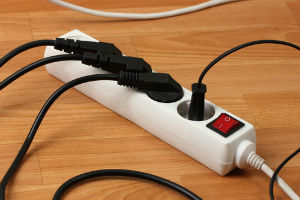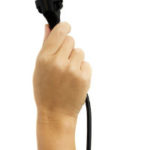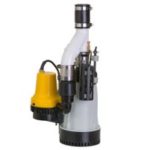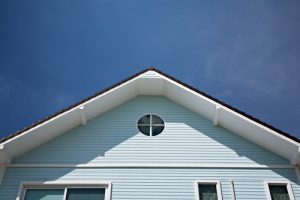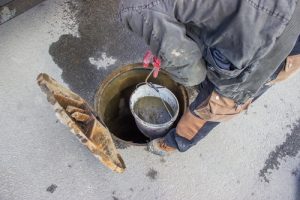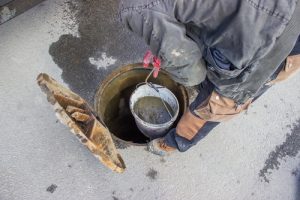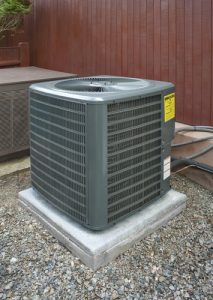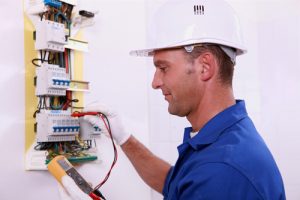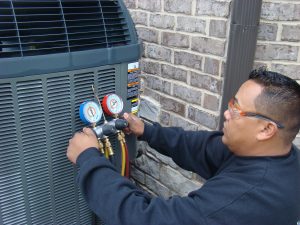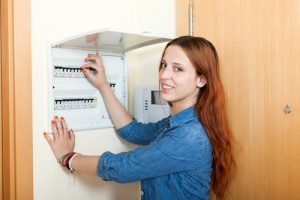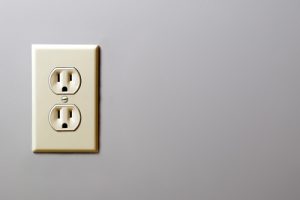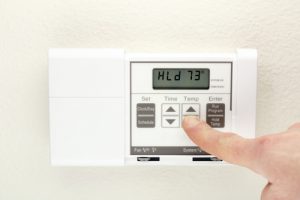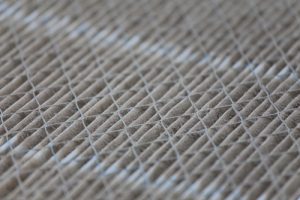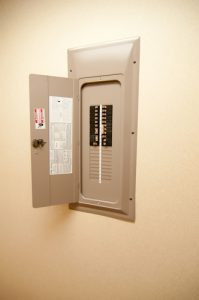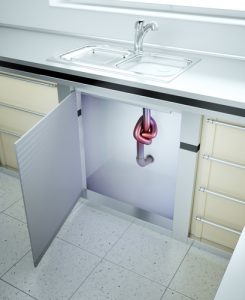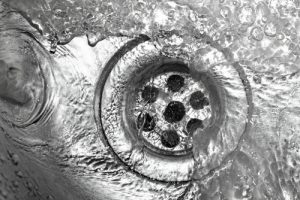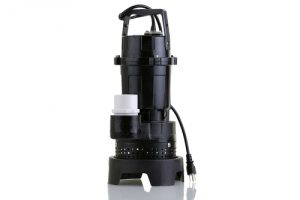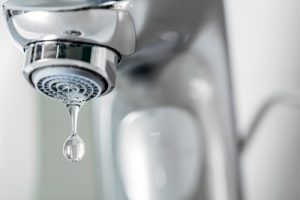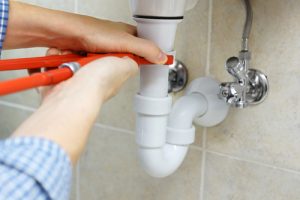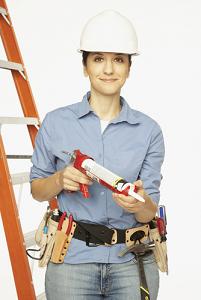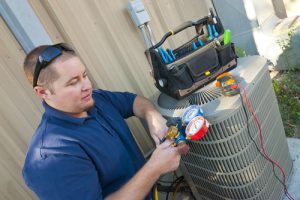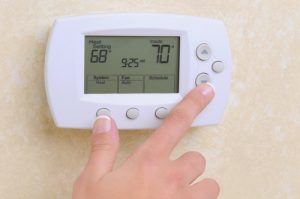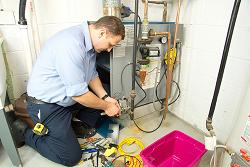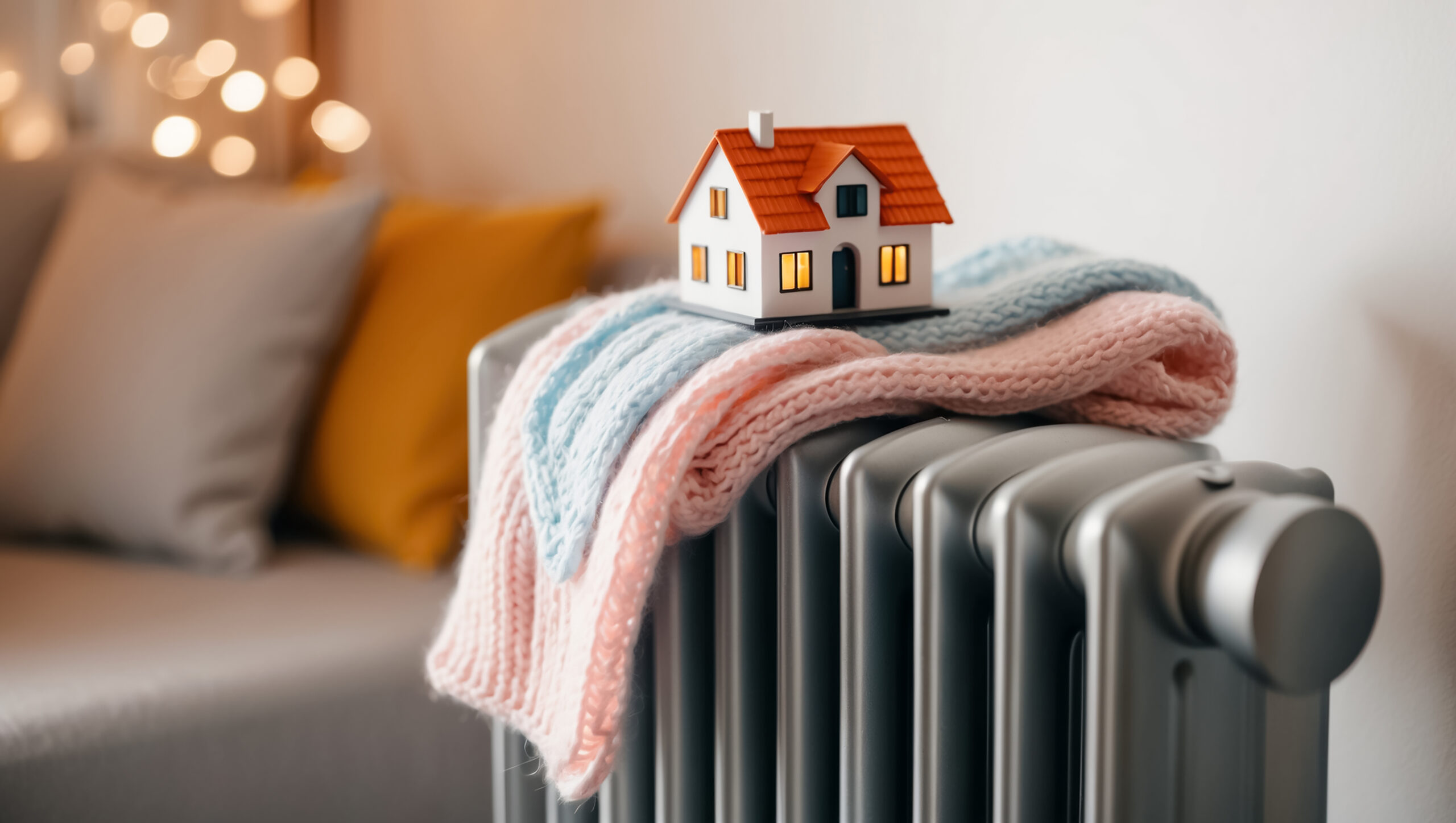Wired for Trouble? Electrical Problems You May Not Have Known You Have
Over time, or due to unintentional misuse or simple neglect, electrical systems can develop issues that can interfere with system operation. Electrical problems should be taken very seriously. Not only can they deprive your home or commercial facility of power when it’s needed, they can also be a hazard that could cause electrical shocks or fires. Here are 10 of the more common electrical problems that might occur and what you can do to resolve them.
- Overlamping: Overlamping is using light bulbs of a higher wattage than the fixture is designed to handle, such as a 100-watt bulb in a 60-watt fixture. The heat from a higher-wattage bulb can irreparably damage the fixture, including its socket, insulation and wiring. This damage increases the possibility of fixture failure or arcing, which is a major source of fires. Only use bulbs that match the maximum wattage of the fixture. In older fixtures, use 60-watt bulbs or lower.
- Not enough outlets: As we become more reliant on electrical devices for work, play and entertainment, we need to find places to plug them in. Sometimes, this means we rely on extension cords, power strips and other devices that increase the number of available outlets. Using heavy-duty cords of 14-guage or higher will usually work, but the simplest and safest solution is to hire an electrician to install more outlets.
- Loose receptacles: A well-worn electrical receptacle can become loose, meaning the plug prongs are not held tightly within the receptacle. This creates a fire danger from arcing. Loose receptacles should be replaced as soon as possible.
- No ground-fault circuit interrupters: Ground-fault circuit interrupters, or GFCIs, are specialized types of electrical outlets used in kitchens, bathrooms, or areas where water or moisture could increase the risk of electrical shock. They are designed to shut off electrical power in four milliseconds. If you have standard outlets in high-moisture areas, such as over bathroom sinks, contact your electrician to replace them with GFCIs.
- Non-grounded receptacles: Common two-prong electrical receptacles are not grounded. This is generally fine as long as you are plugging in devices with only two-pronged plugs. Using an adapter to turn a grounded three-prong plug into a two-prong one creates the danger of electrical shock and damage to the device being plugged in.
- Overwired panel: These electrical panels contain more circuits than they were designed for. This usually happens when single-pole breakers are replaced over the years with tandem, or two-circuit, breakers. You can have your electrician add a subpanel with more space for breakers, or if needed, replace the entire panel with a larger model.
- Uncovered junction box: A junction box is a metal container that houses connections between wires where they have been spliced together. By itself, an uncovered junction box is not dangerous, but exposed electrical splices, caps and connections present the possibility of being damaged. Make the minimal investment in a junction box cover and install it.
- Aluminum wiring: If your home or business structure was built in the 1960s or ’70s, some of the wiring may be made of aluminum. At the time, this was considered an acceptable alternative to more expensive copper wire. However, aluminum will corrode over time if in contact with copper, which creates a fire hazard. In extreme cases, it might be necessary to have your home rewired. A simpler solution is to use a dielectric wire nut at wire splices and connections; these wire nuts contain a grease-like substance that will stop corrosion.
- Backstabbed wires: Some types of modern electrical outlets let wiring be attached by “stabbing” it through specialized holders, most often in the back of the outlet. This is a relatively common practice, but it creates a situation in which important wiring is only minimally attached, leaving it susceptible to disconnection by damage, gravity or other cause. Disconnected wires will cause the outlet to not work and could create a fire hazard. Instead of using backstabbing, secure the wires tightly using screw terminals.
- Flickering indoor lights when there is wind: If your lights flicker when the wind is blowing, it could mean electrical problems such as frayed wiring or loose connections at the outdoor connections. Contact your local utility company for help; they can usually either repair the wires or install a new weatherhead.
Black Diamond Plumbing & Mechanical is a premier provider of HVAC, plumbing, and electrical services, including duct cleaning. Contact us today for more information on locating and resolving electrical problems in your home or commercial facility.
Written by Rick Sperando
Recent Posts
Request Service
Please fill out the form and we will get in touch with you shortly. We look forward to serving you!
Request Service
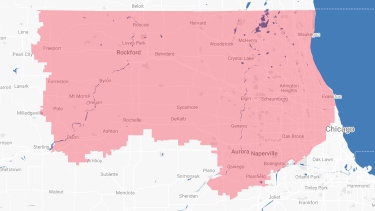
Proudly Serving
The Chicagoland AreaAddison | Algonquin | Antioch | Arlington Heights | Aurora | Barrington | Bartlett | Batavia | Beloit | Belvidere | Bensenville | Bloomingdale | Bolingbrook | Buffalo Grove | Byron | Caledonia | Capron | Carol Stream | And Much More!
VIew ALL

